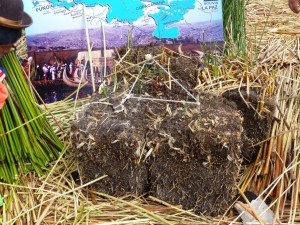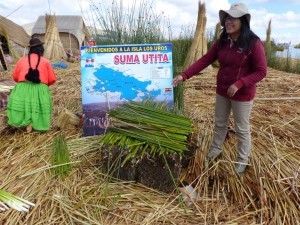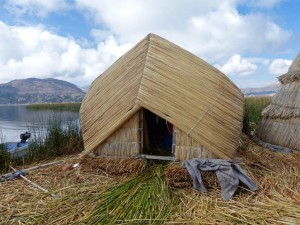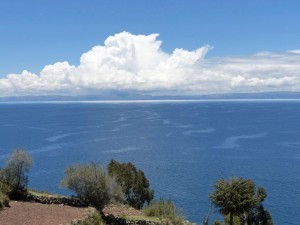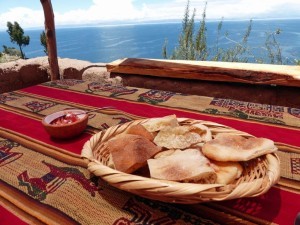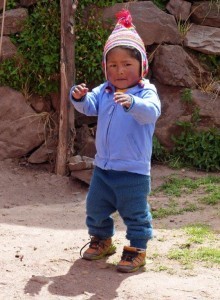Peruvian Pearls of Wisdom
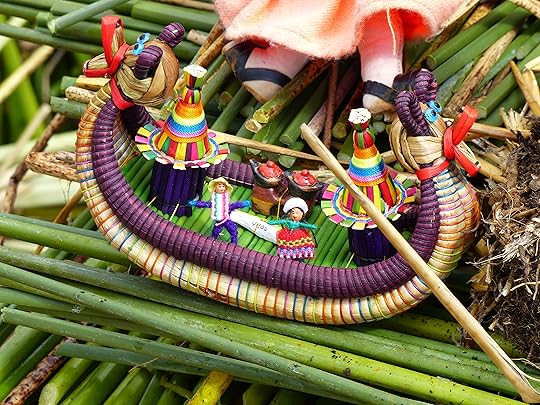
For the second time in two decades of travel, I hired professionals to plan our journey through Peru in 2014. Machu Picchu had been a dream as long as I can remember with the Amazon rainforest running a close second. Beyond that, the extent of my knowledge of Peru was limited. The biggest factor in hiring a travel company was the discovery that it wasn’t deemed a wonderful idea to drive yourself as a visitor in Peru and in fact many tourists have died doing so. It was clear we needed help to navigate this massive country.
The reason I don’t normally use professional travel services is because you are then (obviously) a step removed from the planning. Adding in the complexities of operating in a language that isn’t your native tongue or the planner’s and you are now miles from the details. In my particular case, I will admit that I didn’t worry a great deal about this. A friend of the family and former Peru resident provided invaluable connections to Condor Travel. I could continue freaking out about my first book being published because I knew I was in good hands in Peru.
But why I am I telling you all this? So it won’t seem ridiculous when I tell you that the islands we visited outside of Puno were a complete surprise. Yes, I had read and agreed to the itinerary. Most of it had been based on my requests. These little gems that were added on after the amazing Amazon and crazy Cuzco weren’t my idea. When the question was raised about seeing the “world’s highest navigable lake,” I enthusiastically agreed. What that meant couldn’t have been more of a surprise.
The “grey puma” in Quechua, Lake Titicaca is 8000 square kilometers of serene silver beauty. Nearly cut in half by the Bolivian border with Peru, it has about forty islands spread throughout it. Our one day journey from Puno allowed us to visit two of them: Uros and Taquile.
Thus far on our travels, we’d learned a great deal about the Incas and the invasion of the Spanish conquistadors. Now we were getting a glimpse of pre-Inca culture. As explained by our tour guide Lily, the Uros had fled to the middle of Lake Titicaca to avoid fighting the fierce Inca warriors. To do so, they built their own islands. If your next question begins with “How on Earth..?” then you and I think alike. The islands are built from totora reeds—thick layers of sturdy reeds keep the islands afloat. The houses are also built from reeds. The beds are built from reeds. Transportation is built using reeds. No, I am not pulling your leg.
So if you’re thinking now about how far-fetched this sounds, consider the fact that the Uros have been living like this for hundreds of years. Not only that, they have been allowing tourists to visit since the 1960’s according to Lily. I honestly don’t know how something this unusual had escaped my attention for the whole of my existence, but it had. Until the moment I placed one unsteady foot on the precarious island surface wondering if I would shoot straight through the island to the water below, I would not have believed this lifestyle existed. Since seeing is believing, check out this fabulous photo essay from the Washington Post.
Walking on these islands (mostly moored about five kilometers offshore of Puno) is the oddest sensation you can imagine. When they aren’t entertaining and educating tourists, the local people are hard at work fortifying the reed islands constantly to keep them afloat. We were taken inside the home of one family and astonished to find, along with a squishy bed, a small black-and-white television set connected to battery power. The bathroom, a small single-purpose island out back, was slightly less luxe. As fascinating as it was, being there made me nervous. Our hosts could not have been friendlier or the children more adorable, but reed living is not my cup of tea.
The next stop, Taquile Island, was a further forty kilometers from shore. Lake Titicaca, blue glass in late October, delivered a smooth ride. Though I was relieved to place my foot on solid ground, I was less delighted to be directed up a steep set of hundreds of stairs. We were now nearly thirteen thousand feet (4000 meters) above sea-level—breathing was more than just “difficult.”
Surrounded by the most incredible views of the lake I could imagine, I listened to Lily describe the history and lifestyle of the Taquile people. There are no police here on the island of world heritage-listed woven handicrafts and the island is divided into sections for crop rotation. The steep island is perfect for terraced farming and potatoes are a main crop.
Closer to the town’s main square, we stopped for a local lunch. A stone patio had been constructed for entertainment and meals and we took our seats at a picnic table overlooking the lake with the sun warming our backs. Steaming homemade bread and cold beer were quickly laid out on the scarlet-and-maize woven tablecloth. A smiling young man asked if we would like omelets or fish. The atmosphere could not have been more comfortable and being on solid ground was only a small part of it. Soon we were clapping along to a folk dance performance.
Beautiful handicrafts were admired and purchased on both islands as I considered the difficult choices that lie ahead for these traditional cultures. On Taquile, it had been difficult to reach mainland Peru until the 1950’s so they had learned to self-govern—but intermarriage and breeding had not come without costs. The Uros had landed in the middle of the lake after being shunned by other cultures—both invading and indigenous. Would their path be any smoother now that their islands had become a carnival of sorts that catered to a stampede of tourists? Probably not. If my purchase or visit contribute to the education of their children in any way, I’ll display my brightly-colored Uros wall-hanging with absolute pride.
Far be it from me to believe I have the answers, but I find it heartening to see that they are surviving as best they can while staying as true as possible to their unique heritages in the modern age. To be perfectly frank, what choice do they have? To vanish into oblivion under the staggering weight of substance abuse the plagues so many native peoples? To construct huge casinos to fund a future that looks nothing like the one they envisioned for themselves in their hundreds or thousands of years of existence? Looking back at my photos brings the familiar dread in the pit of my stomach. I don’t think it comes from fear of crushing the reeds after all.
Note to travelers: Want to know more about reed living on Uros? You can even stay overnight here now.
The post Peruvian Pearls of Wisdom appeared first on Worldwise Publications.

